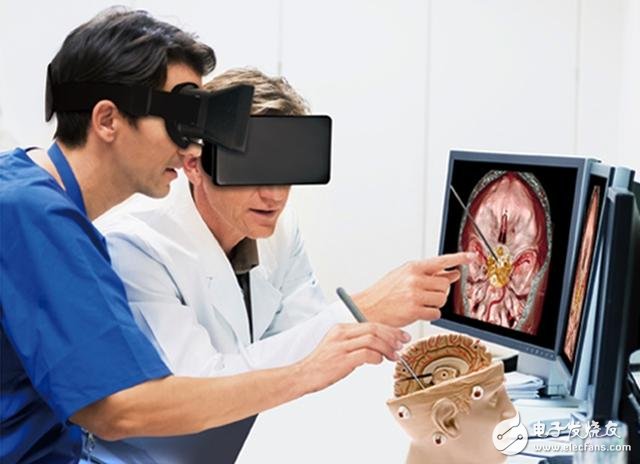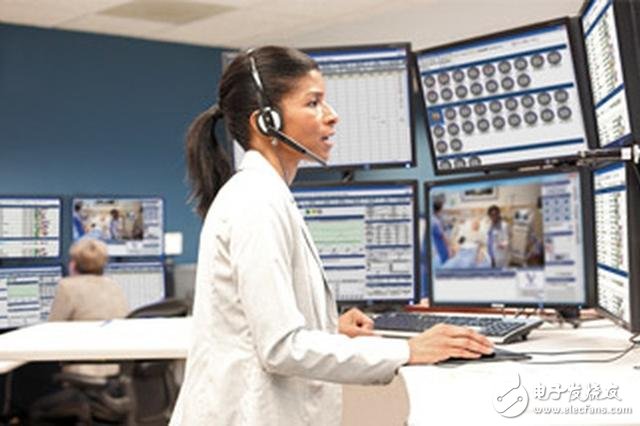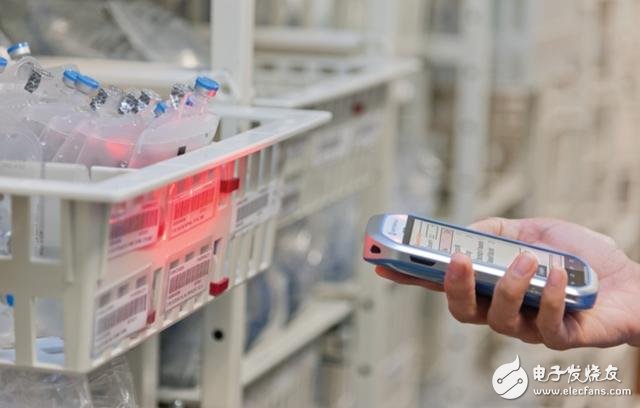It is predicted that by the end of 2018, there will be more than 23 billion connected devices worldwide, and by the end of 2025, this number will grow to more than 75 billion.
Most of these devices will be used in everyday life or industrial settings, and a significant number of them will be used to improve the quality of our medical services, including saving our lives.
Through the Internet of Things application, the entire medical system will better optimize the internal management of medical institutions and patients, and medical institutions, thus forming a new system of perception, feedback and intervention.
This is not just an advancement in medical technology, but an advancement in the entire health care system, including the hospital management system.
1. Learning and training
Advanced medical training equipment such as 3D printing and virtual reality will provide real-time data feedback to doctors, nurses and medical students, and mimic patient symptoms.

The widespread use of these devices will make it easier to train new medical professionals and significantly reduce the learning and growth time of medical staff.
2. Patient remote monitoring
The Internet of Things will revolutionize the way patients are remotely monitored, especially for patients who need medical device management.

For example, the Internet of Things makes regular check-ups of blood sugar and blood pressure simple and easy, and connected devices can send data to doctors in real time, allowing interventions to be taken faster than ever. Especially when there is a risk of heart attack or stroke, the prevention and timeliness of medical assistance becomes very important.
3. Preventive care
"The big cure is not sick." The cheapest and most effective way to get health care is to prevent it in advance. For those who do not believe that regular inspections are needed, the role of preventive care is often underestimated or even ignored.

The Internet of Things can make regular inspections more convenient and even part of everyday life. Imagine having a device at home that actively monitors your vital signs and tells you when you need to take the next step in medical care. Who can refuse this kind of intelligent preventive care?
4. Workflow optimization
The Internet of Things can be used to optimize the workflow of medical staff. For the patient, this does not seem to have much to do with it. In fact, the productivity of the medical staff will eventually lead to better care for the patient.

For example, in the future, doctors, nurses, and patients will wear RFID bracelets, and the system will automatically notify doctors and nurses for routine inspections or timely handling of emergencies. Medical staff will arrive at the location faster, dramatically reducing the confusion in the hospital.
5. Asset management
Internet of Things technology can also play an important role in the inventory management of medical institutions.

For example, hospitals and doctors' offices often have related controlled substances, drugs, and other important equipment. Using IoT technology can help track these important assets and ensure they are not abused or stolen.
Although the current Internet of Things technology has been applied in many hospitals, there are still many obstacles to achieving true intelligent medical care:
Equipment: Some hospitals are still relatively old. This old and backward infrastructure hinders the integration of the Internet of Things and the medical system.
Cost: New technologies require a lot of money, and some hospitals are reluctant to invest. To make matters worse, some hospitals will make up for the increase in investment by increasing the price of treatment after adopting new technology.
Safety: Safety is one of the most worrying issues for healthcare organizations and individuals. If IoT devices that monitor certain important biological functions of the patient's body are controlled by others, the patient's personal information security and life safety will be threatened.
Training Cycle: Under normal circumstances, it takes several weeks to learn to master and use medical equipment, and it may take several months for doctors, nurses, and other medical personnel with excessive daily workload.
In the next few years, these issues may continue to hamper the deep integration of healthcare and the Internet of Things, as it involves consideration of many factors such as infrastructure investment, revenue, personnel, patient management systems, and supply chain systems.
Asic Miner Bitmain:Asic Miner Bitmain Ka3 166Th Kda Mining Machine
Bitmain is the world's leading digital currency mining machine manufacturer. Its brand ANTMINER has maintained a long-term technological and market dominance in the industry, with customers covering more than 100 countries and regions. The company has subsidiaries in China, the United States, Singapore, Malaysia, Kazakhstan and other places.
Bitmain has a unique computing power efficiency ratio technology to provide the global blockchain network with outstanding computing power infrastructure and solutions. Since its establishment in 2013, ANTMINER BTC mining machine single computing power has increased by three orders of magnitude, while computing power efficiency ratio has decreased by two orders of magnitude. Bitmain's vision is to make the digital world a better place for mankind.
Asic Miner Bitmain,Ka3 166Th Kda,Kda Miner Antminer Ka3,Asic Miner Ka3,ka3 miner
Shenzhen YLHM Technology Co., Ltd. , https://www.ylhm-tech.com